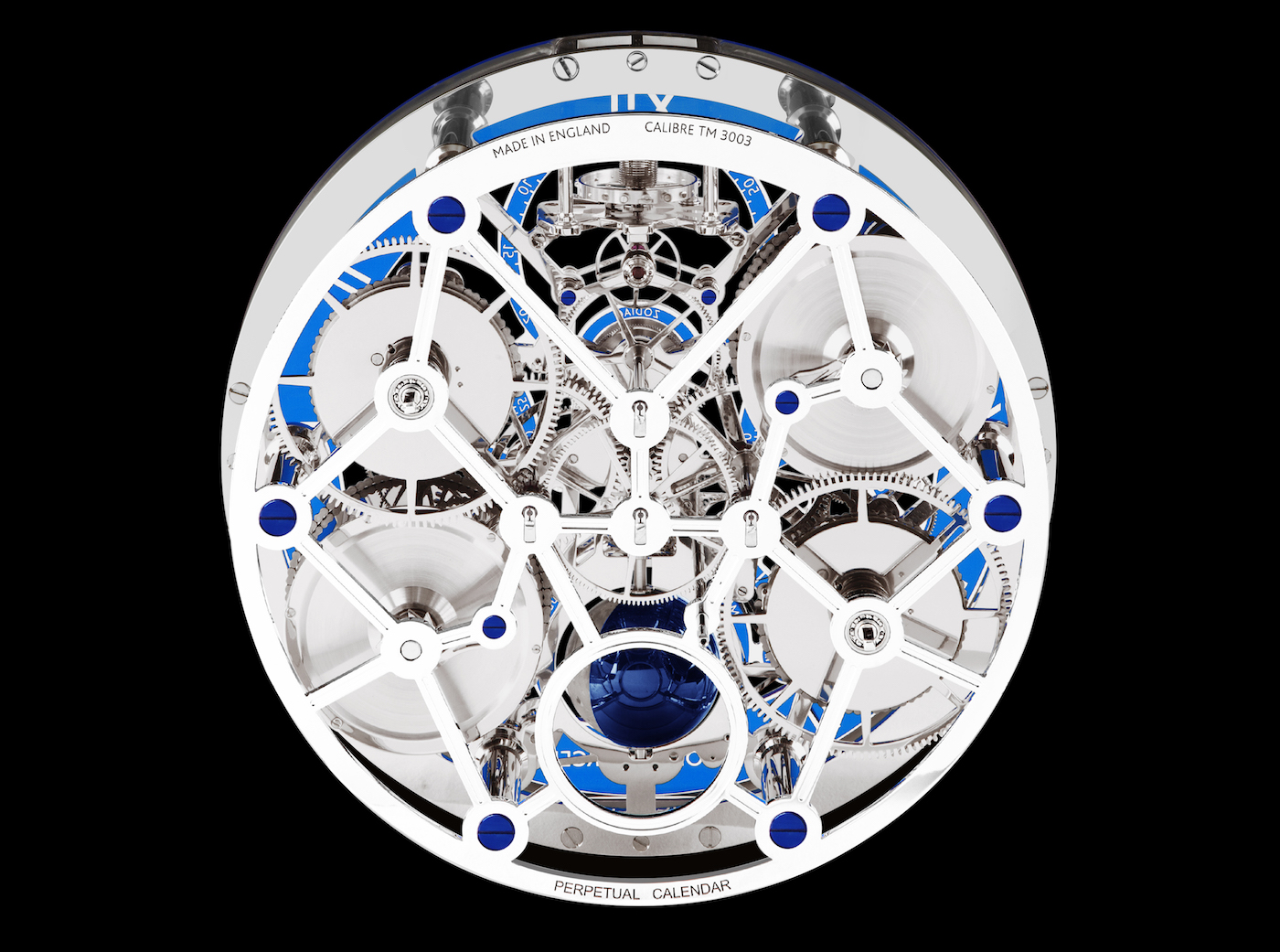
While not technically a watch, this marine chronometer is an incredibly interesting creation. The Winch Design Thomas Mercer Nautilus Chronometer is the result of a stunning collaboration. It is an excellent example of what is possible when experts cross industry borders and put their heads together.
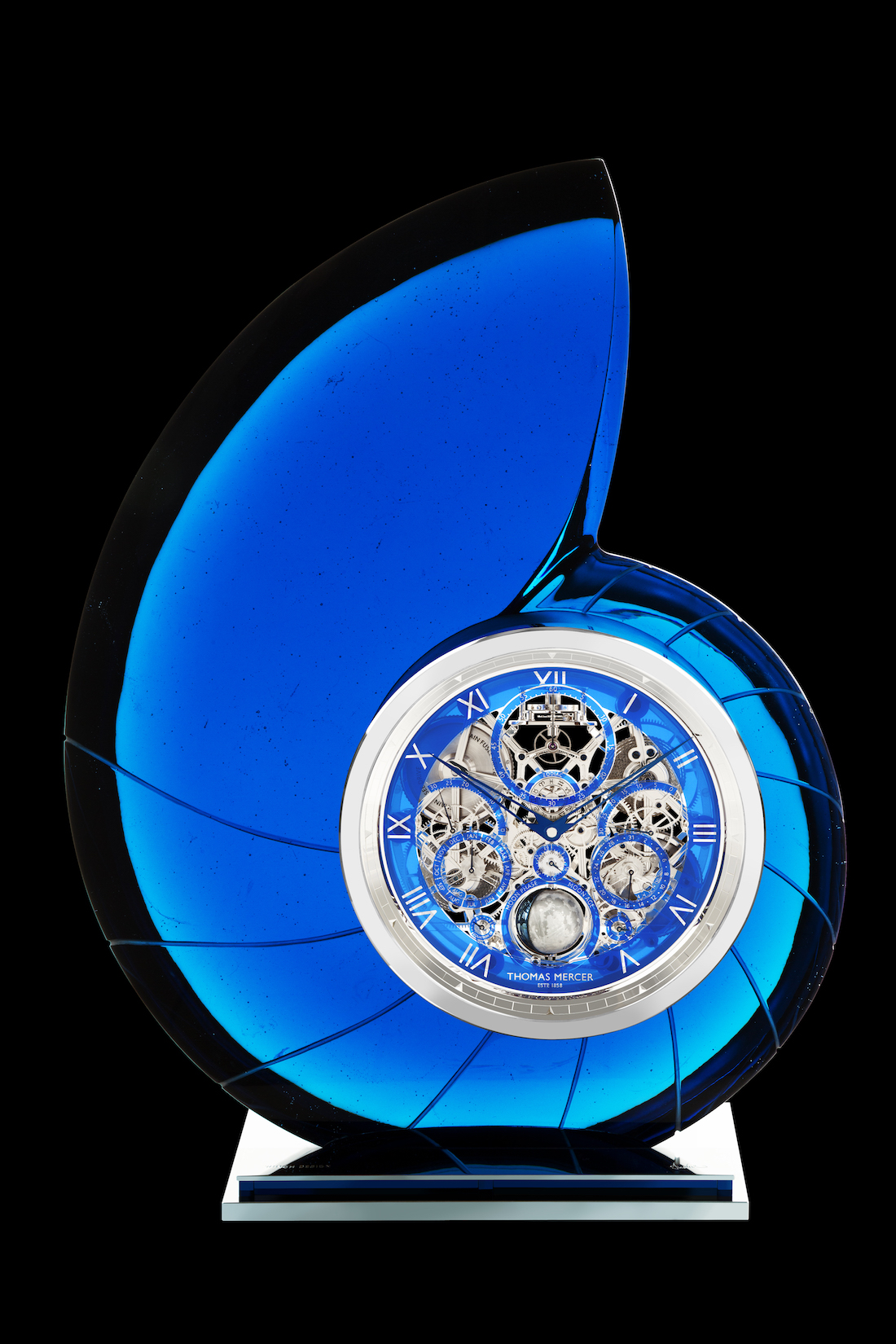
One heck of a visual to swallow, and even more information to digest, the Winch Design Thomas Mercer Nautilus Chronometer is a one off, Bohemian crystal-encased timekeeper, capable of tracking Earth and astronomical time.
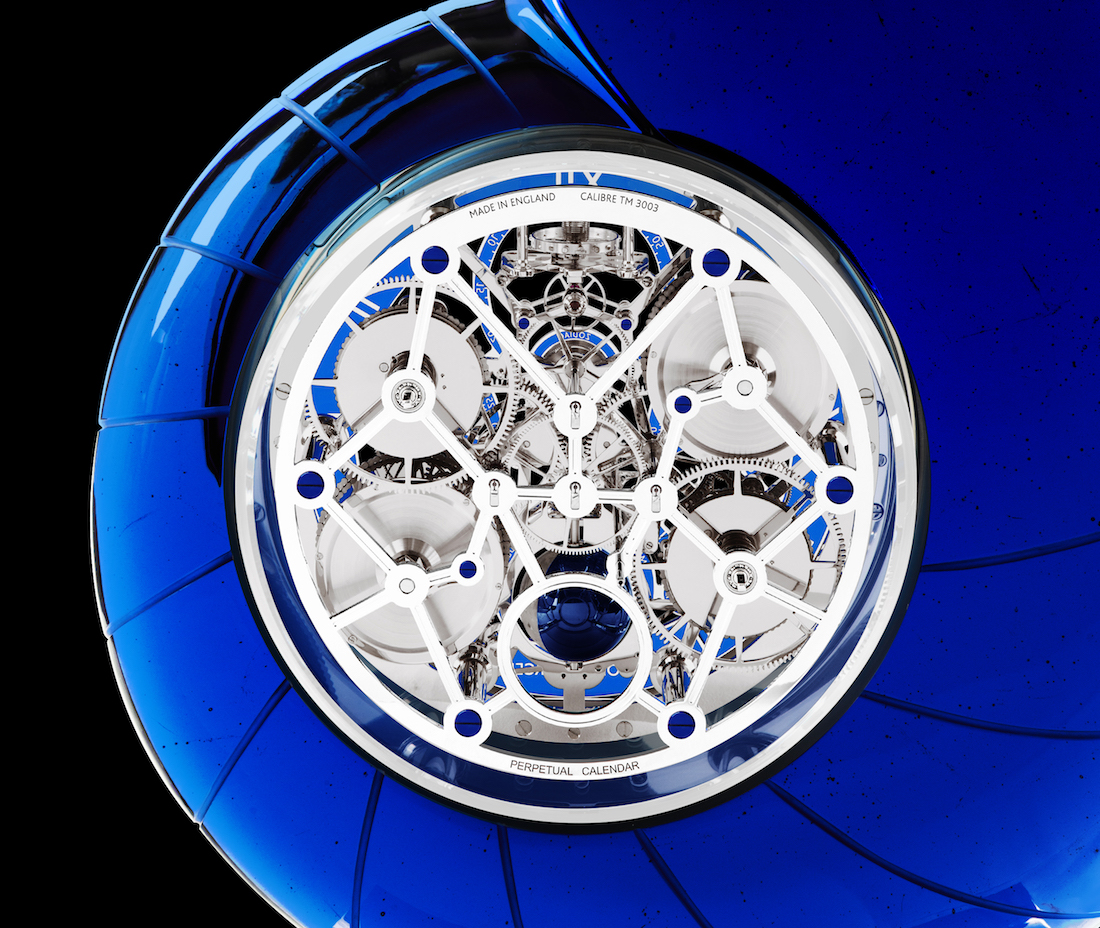
What can it do?
The functions of the Winch Design Thomas Mercer Nautilus Chronometer are many and various. These include a perpetual calendar (date, month, and leap year), the ability to show the difference between solar and ‘Earth’ time, and a 3D moon phase that also counts the age of the moon as it moves through its 29 day, 44 minute, and 2.8 second cycle.
‘Solar’ time refers to the variable length of a ‘day’. Throughout the year, the exact length of a day varies slightly. Given society’s reliance on regularity, we iron out the differences and have a standard 24 hours in one day. This is not the case with solar days. If you’d ever wondered why we have leap years, it is so we can bundle together all those lost/curtailed minutes into one extra day that allows us to remain in sync with the natural order of things. Or thereabouts, at least… What’re a few seconds here and there between old friends?
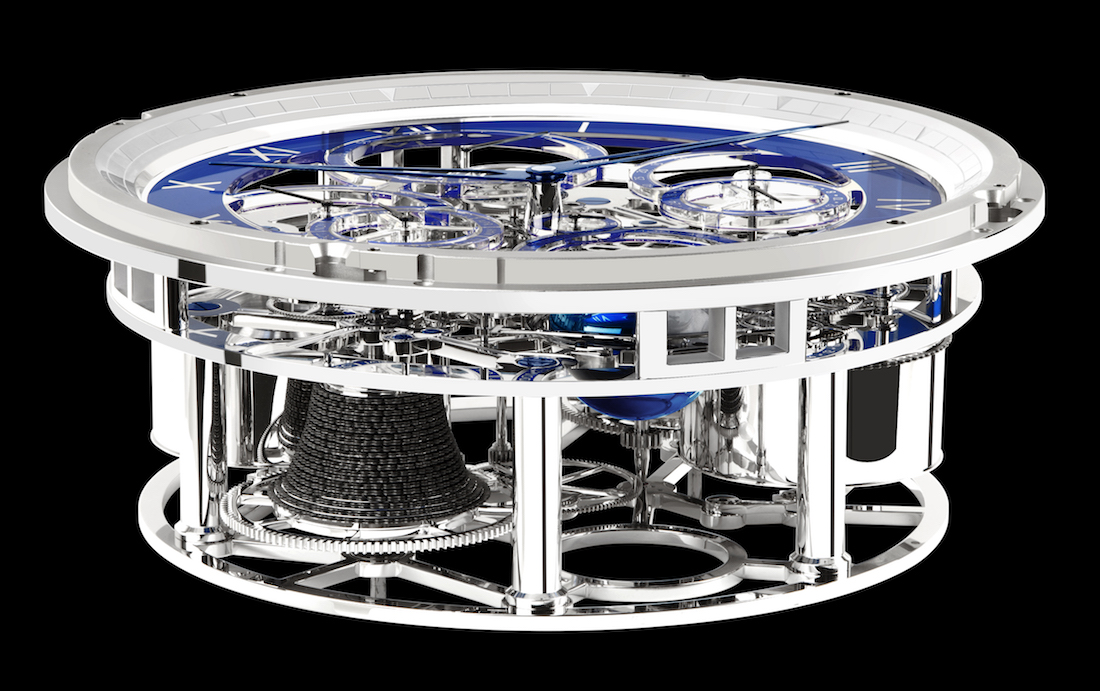
The Movement
Caliber 3003 powers this creation, and performs with marine chronometer accuracy. This is thanks in part to a traditional, temperature-compensating balance wheel. It is very pleasing to see old-school techniques being employed in such a forward-thinking piece.
Additionally, the Winch Design Thomas Mercer Nautilus Chronometer uses a double fusee mechanism. This helps ensure accuracy on the high seas. A fusee mechanism is a chain-driven complication. It’s primary job is to deliver a constant stream of power to the time-keeping organ of the watch. Marine chronometers are very likely to be subjected to huge changes in atmospheric conditions and suffer from the effects of gravitational disturbance. As a result it is imperative the daily rate remain unaffected.
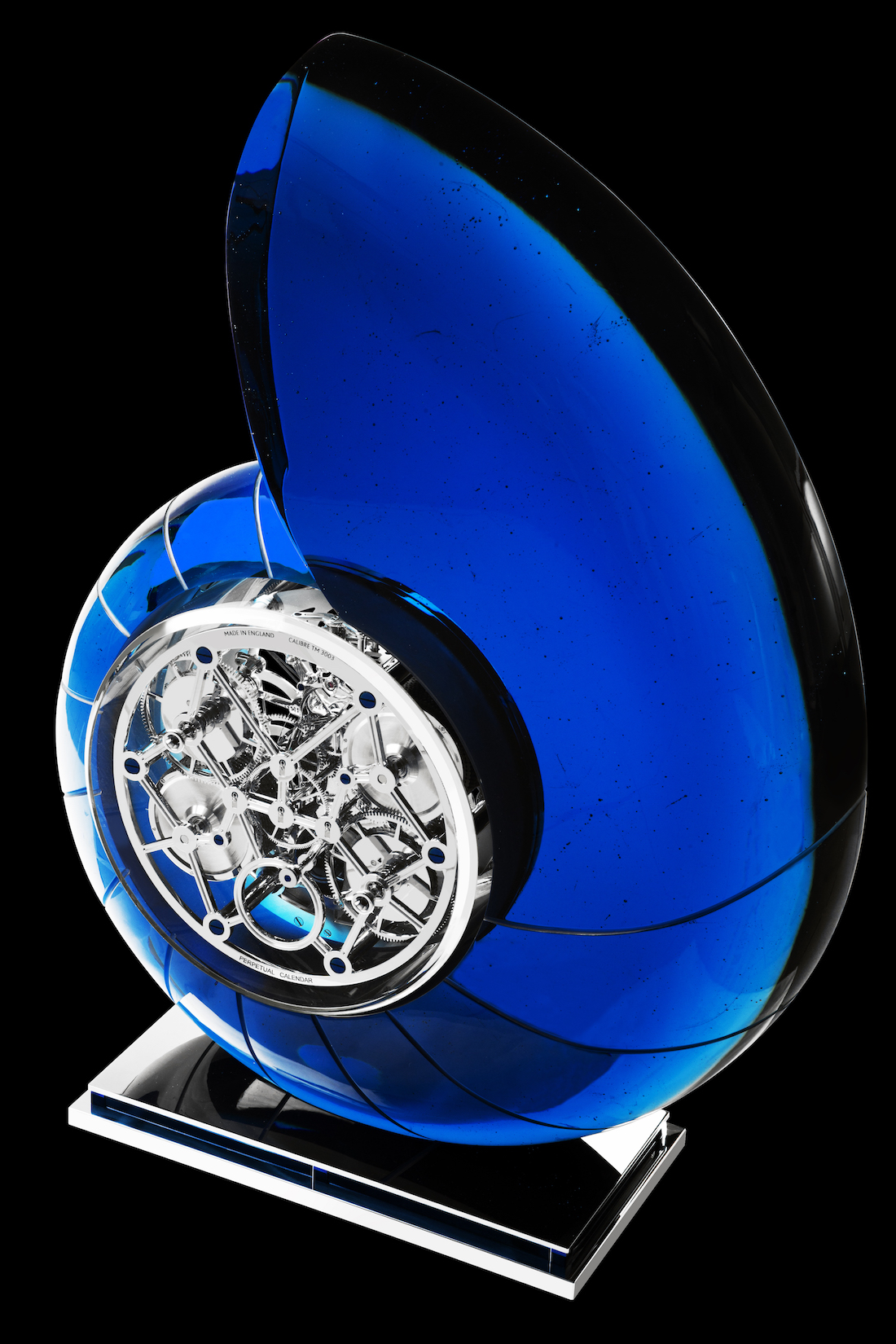
One of the most effective ways to do this is to use a fusee. There have been many attempts in watchmaking to introduce ‘constant force’ escapements that perform the same function, but take up much less space.
Space saving is not so much of a concern for a creation of this grandeur. I’ve often described some of the more outlandish wristwatches we discuss on aBlogtoWatch as ‘sculptures’. Here, the Nautilus Chronometer takes that definition and runs with it.
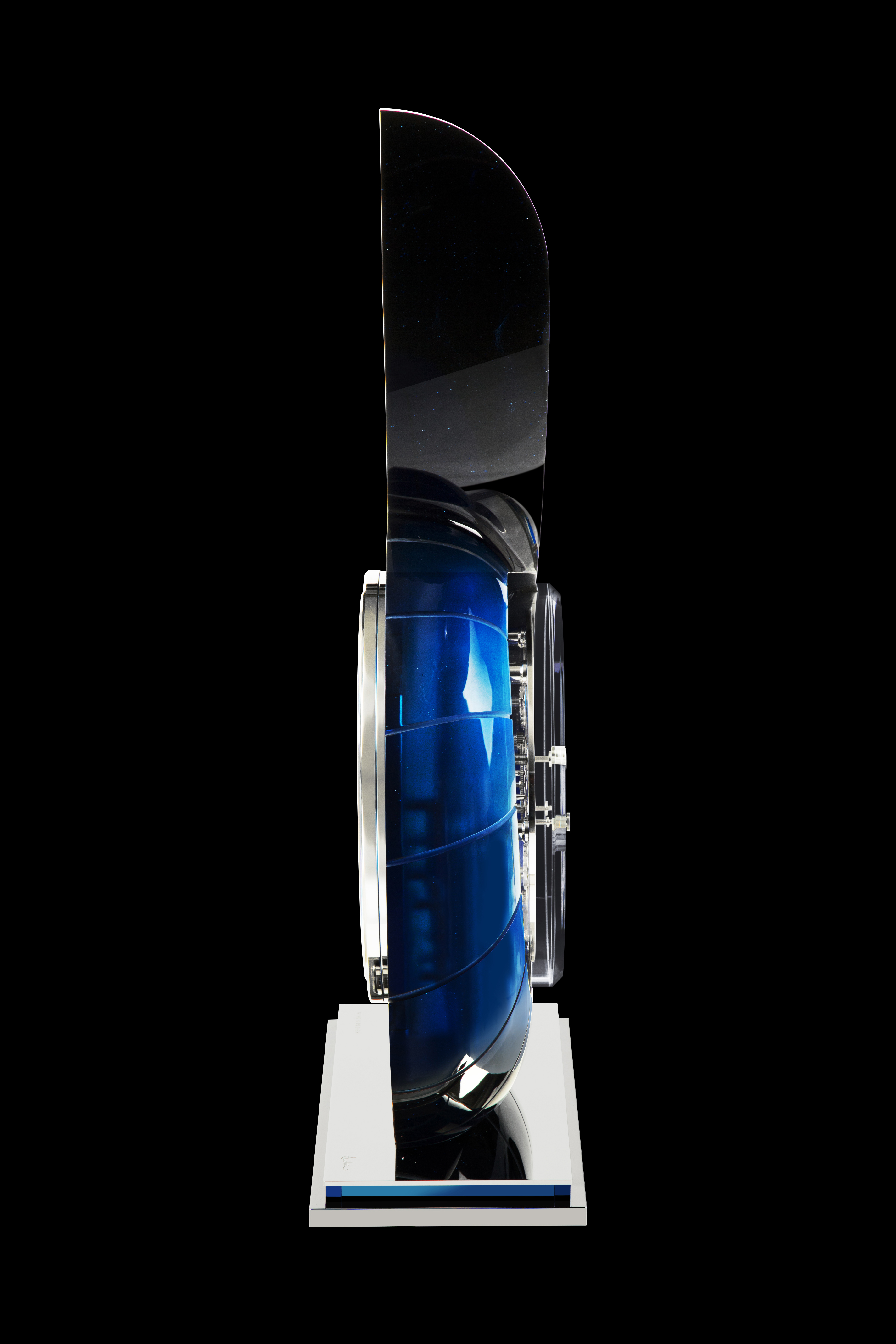
Standing 82cm tall, 61cm wide, and 15cm deep, and weighing a staggering 105 kilos, the Nautilus Chronometer is the ideal focal point of any luxury yacht (not ideal for your mother’s mantlepiece in case you were wondering).
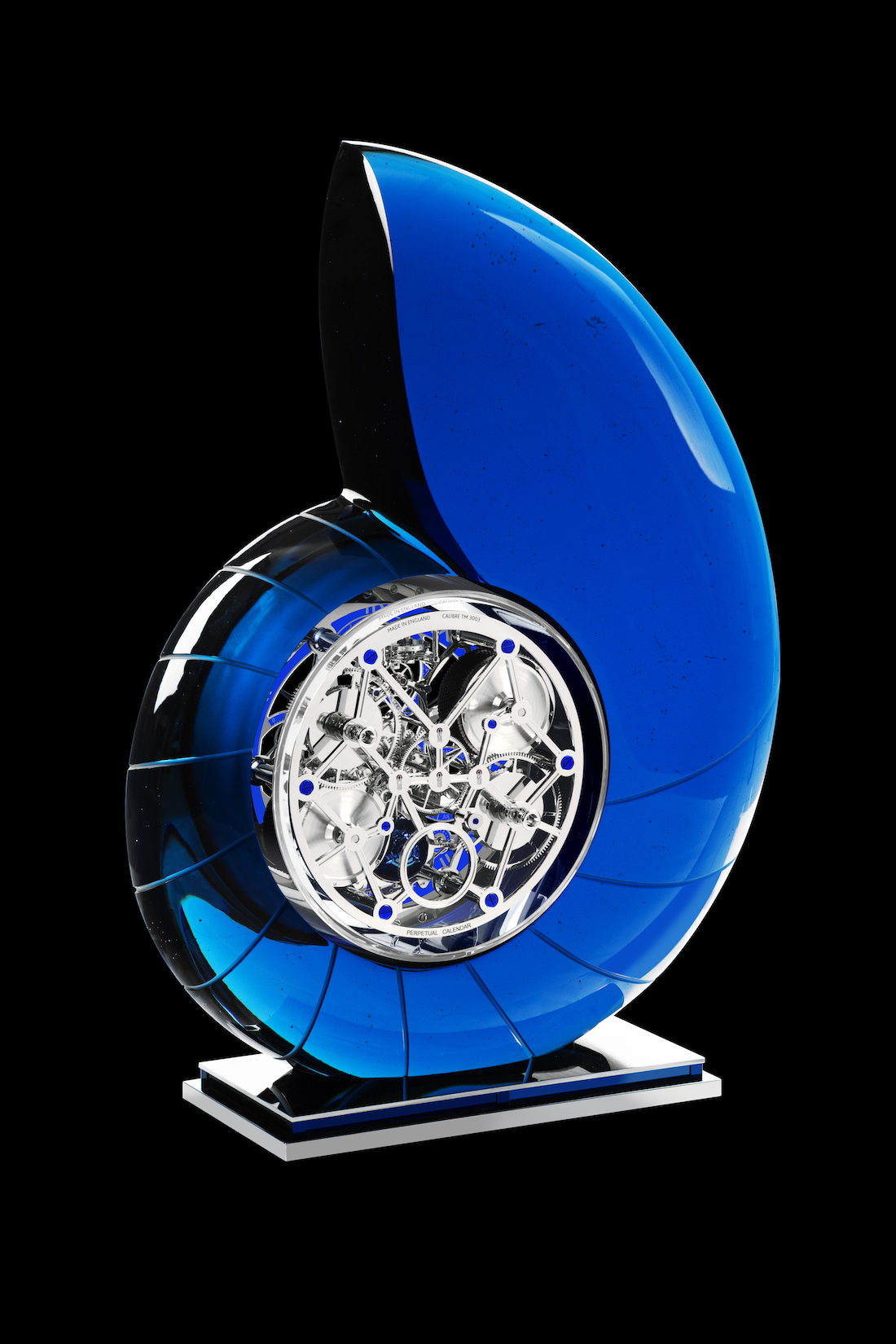
The Brands Behind the Creation
Founded in 1986, Winch Design is a leading yacht architect, headed by designer Andrew Winch. The company has earned a reputation for attention to detail. Furnishing their many vessels with the very finest items is essential. In this case, the collaborators have really pushed the boat out.
Thomas Mercer is a very old company. With 161 years of experience, they are regarded as one of Britain’s finest clockmakers. It is, therefore, wonderful to see ‘Made in England’ proudly inscribed on the back of the movement. And perhaps it is fitting that the shell-scattered shores of the world, of which England owns many, should have provided the inspiration for the natural form of the piece.
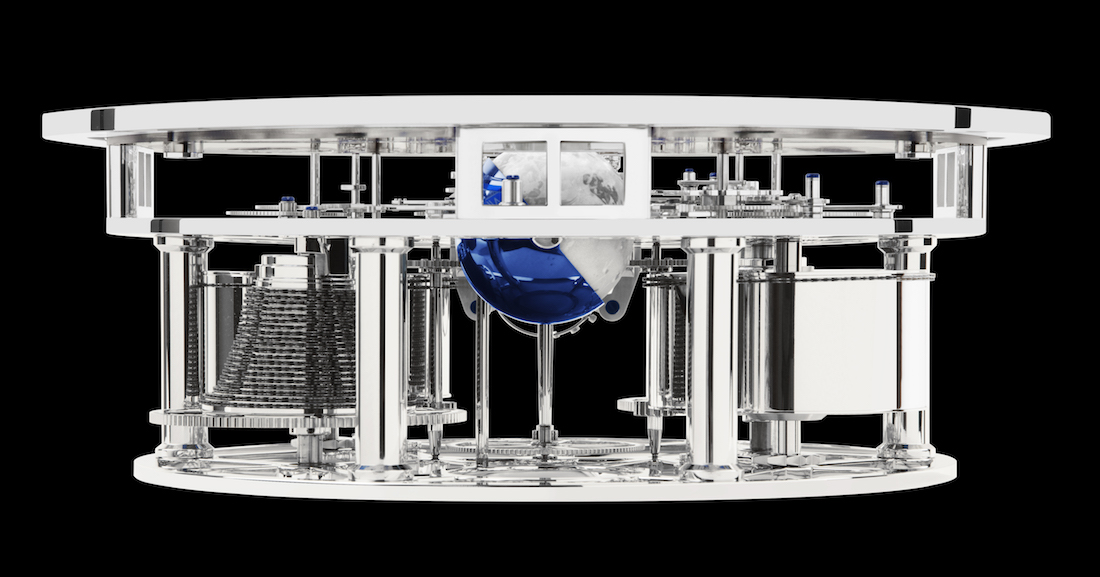
The Golden Ratio
Inspired particularly by the shell of the Nautilus, Thomas Mercer have created a sculpture in line with the golden ratio of the Fibonacci spiral. This fibonacci spiral is commonly seen in nature. It is regarded as the gold standard for dimensional harmony. It is derived by mapping the numbers of the Fibonacci sequence (a sequence of numbers beginning with 0 and 1, and continuing by adding the previous two numbers together: 0, 1, 1, 2, 3, 5, 8, 13, 21, 34 and so on) on to a graph.
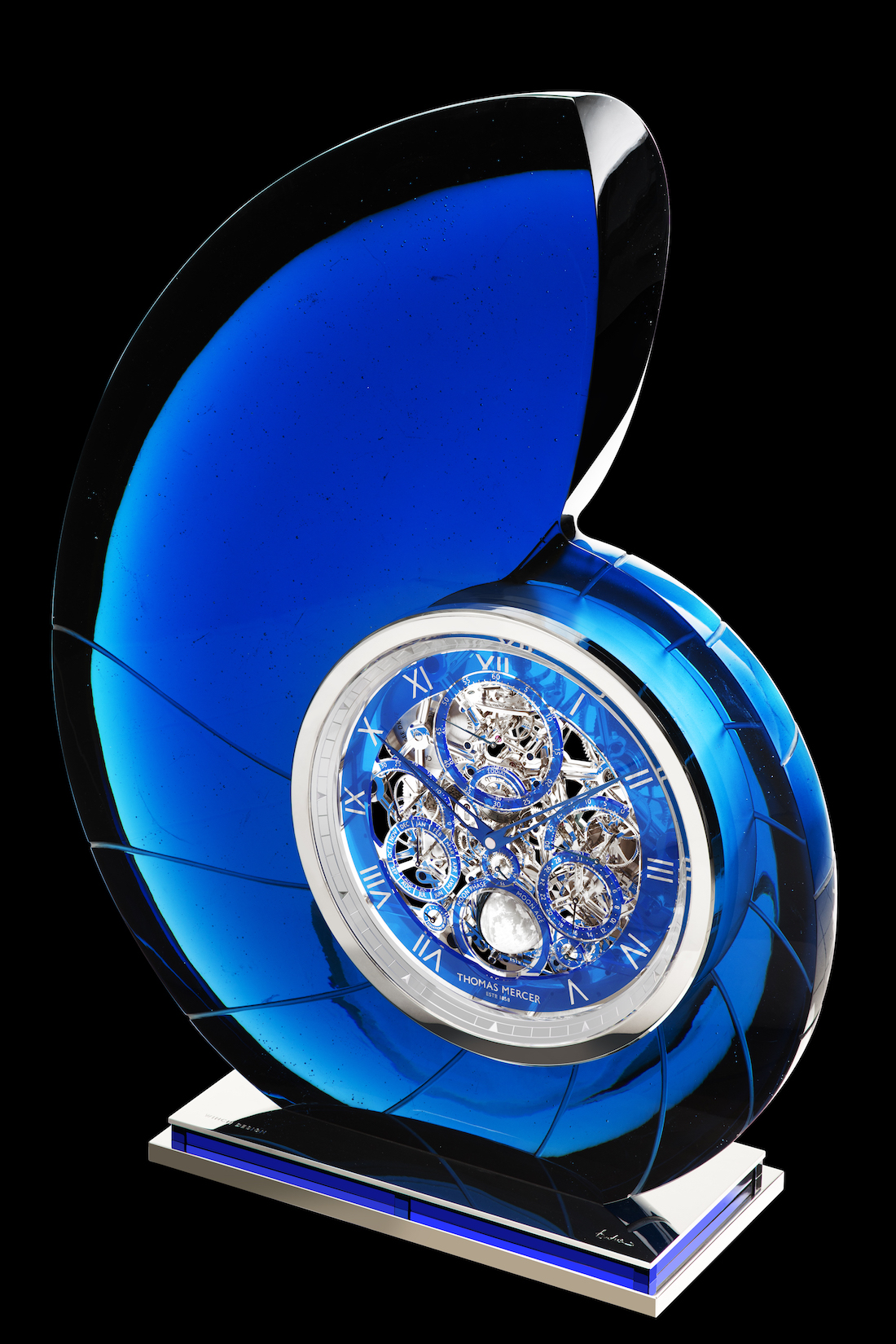
The intention is to create an object of otherworldly character. By using Bohemian Crystal and employing the services of Crystal Caviar – specialists in producing the striking material – they have achieved their goal. The crystal is kiln fired before being finished and fitted around the movement. The heavy steel base adds to the immense weight of the sculpture, improving stability.
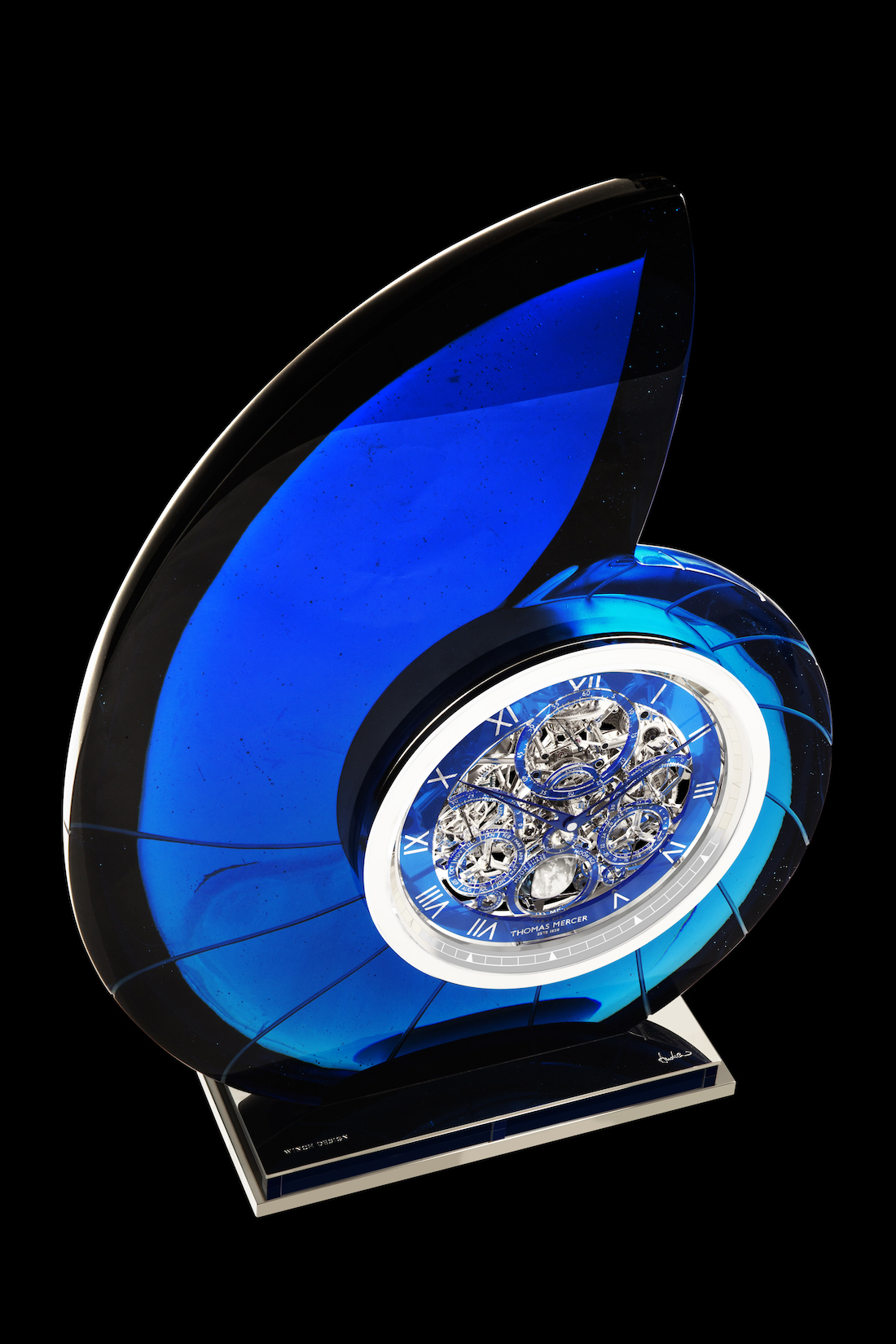
The openwork dial enables the viewer to stare directly into the heart of this timepiece. The movement is encased in clear crystal so it can be easily appreciated. With the vivid blue surround, shaped so organically, Winch Design and Thomas Mercer hoped to create an homage to both the seas and the skies. Ambitious as their remit was, I would say they succeeded with aplomb. The Winch Design Thomas Mercer Nautilus Perpetual Chronometer is a unique piece. Price is on application. thomasmercer.com and winchdesign.com
